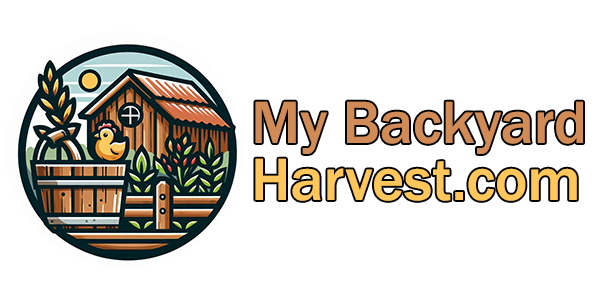How do I plan my homestead layout?
Introduction
Are you interested in homesteading but feel overwhelmed by the prospect of planning your homestead layout? Look no further than this comprehensive guide on how to plan your homestead layout. Whether you're a beginner or an experienced homesteader, this guide will provide you with valuable insights and tips to help you design a homestead that meets your needs and goals.
At [Your Homesteading Guidance Business], we're passionate about helping people achieve self-sufficiency and sustainability through homesteading. That's why we've put together this guide to help you plan your homestead layout and create a successful homestead.
In this guide, we'll cover the factors you should consider when planning your homestead layout, tips for designing your homestead, the benefits of a well-planned layout, and more. We'll also introduce you to the different types of homesteading and the best states for homesteading.
To stay up-to-date on the latest homesteading tips and resources, be sure to subscribe to our website for valuable newsletters and resources. We're excited to help you on your homesteading journey. Let's get started!
Factors to Consider When Planning a Homestead Layout
When planning your homestead layout, there are several important factors to consider. These factors can impact the success of your homestead and should be carefully evaluated before designing your layout.
Climate and Weather Patterns:
Your local climate and weather patterns can have a significant impact on your homestead. For example, if you live in a colder climate, you may need to consider how to protect your crops from frost. Similarly, if you live in a region with high humidity, you may need to take measures to prevent mold and mildew growth.
Soil Quality and Type:
The quality and type of soil on your homestead will impact your ability to grow crops and raise livestock. Understanding your soil's fertility, pH, and drainage characteristics is crucial to choosing the right crops and designing your layout accordingly. For example, if you have sandy soil, you may need to add organic matter to improve water retention and fertility.
Land Size and Shape:
The size and shape of your homestead will impact the layout and placement of your buildings, garden beds, and livestock areas. Consider the amount of space you have available and how you can maximize the use of that space.
Homesteading Goals and Needs:
Your homesteading goals and needs will influence the design of your homestead. For example, if you're interested in growing your own food, you'll need to design a garden that meets your needs. If you plan to raise livestock, you'll need to consider the space and resources required to do so.
Homesteading Laws and Regulations:
It's important to familiarize yourself with local homesteading laws and regulations to avoid any legal issues. Some areas may have restrictions on livestock ownership, building codes, or zoning laws that can impact your homestead design.
By carefully considering these factors, you can design a homestead layout that meets your needs and goals. In the next section, we'll provide you with tips on how to design your homestead layout for maximum efficiency and productivity.
Tips for Designing a Homestead Layout
Now that you've considered the factors that can impact your homestead layout, it's time to start designing. Here are some tips to help you create a homestead layout that is efficient, productive, and meets your needs.
Importance of a Rough Sketch:
Before you start designing your homestead layout, it's a good idea to draw a rough sketch of your property. This will help you visualize the available space and plan the placement of your garden beds, buildings, and livestock areas. You can also use this sketch to make changes and adjustments before creating a final layout.
Grouping Plants Based on Watering Needs:
When designing your garden, it's important to group plants based on their watering needs. This will make it easier to water them efficiently and save water. For example, you can group plants that require frequent watering together and those that require less water separately.
Maximizing Space Efficiency:
Make the most of your available space by using vertical gardening techniques, such as trellises and hanging baskets. You can also use raised garden beds to maximize space and improve drainage.
Future Expansion Considerations:
Consider your future homesteading goals when designing your layout. Leave space for additional garden beds, livestock areas, or buildings that you may need in the future.
Building Placement and Design:
When designing your buildings, consider their placement and design. Position them to maximize natural light and airflow. Also, choose building materials that are suitable for your local climate and weather conditions.
By following these tips, you can create a homestead layout that is efficient, productive, and meets your needs. In the next section, we'll explore the different types of homesteading, including urban, suburban, and off-grid homesteading.
Subscribe for the latest updates and Guidance
Quick Links
Latest Posts
10 Essential Homesteading Skills Every Beginner Should Learn
on May 14, 2024
A Beginner's Guide to Vegetable DIY Raised Garden Beds.
on July 14, 2024
DIY | How to Build Own Backyard Chicken Coop: Complete Step-by-Step Guide
on July 16 2024
Created with © Survival Insights

